Marvel's Midnight Suns Review
Marvel’s Midnight Suns has had a rough journey to release between numerous delays and further pushing back its PlayStation 4, Xbox One, and Nintendo Switch versions to an undisclosed date as of this review. Its seemingly troubled development cycle worried me, because I think it’s been the most interesting Marvel project in quite a while.
Developed by Firaxis Games with XCOM 2 creative director Jake Solomon at the helm, Midnight Suns definitely caught the attention of strategy game fans everywhere - myself included. Now after putting 50 hours into this tactical card-based RPG, I can say it was worth the wait. This is an excellent game that doesn’t necessarily require its players to be a Marvel fan to enjoy; it helps, but Midnight Suns’ biggest strength lies in how engaging its tactical gameplay is, above all else.
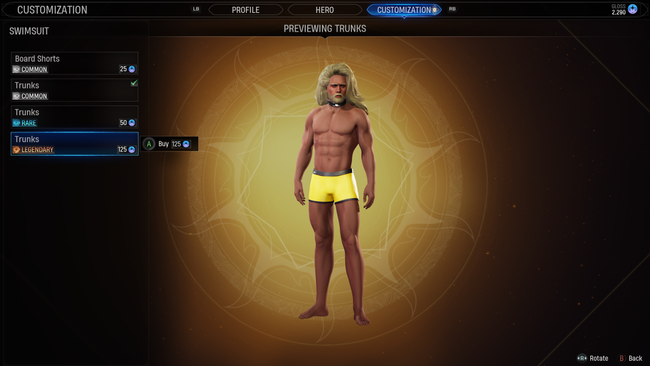
Midnight Suns, as its name implies, is directly inspired by the 1992 Rise of the Midnight Sons comic series that kicked off the Midnight Sons line. Although it shares some core story elements from the original comic, Midnight Suns is its own self-contained original story. The tale still involves the resurrection of Lilith, the Mother of All Demons, and her demonic army of the Lilin.
This time, players take on the role of an original protagonist they create, known as the Hunter. Despite being a create-a-character protagonist, the Hunter is an active participant throughout the story that’s fully voiced and has their own personality. Although the Hunter has died prior to the events of the game, they are resurrected after three centuries by the Marvel heroes, because the Hunter had defeated Lilith once before. This premise also works to provide a convenient reason to see the realm of the Marvel universe from an outsider’s perspective, so even Marvel newcomers don’t feel too out of place.
The narrative element I appreciated the most in Midnight Suns is that it feels like a world that has been ongoing for some time; I’m not here to witness the origin stories of these characters again from square one, nor am I particularly interested in seeing the personal character arcs they’ve already undergone in prior comics, movies, games, and other media. Midnight Suns fills in those gaps through brief optional conversations with the player, as the Hunter can inquire the other characters about where they’ve come from, how they got their powers, and so forth.
Midnight Suns is less interested in retreading its roster’s pasts and more so concentrated on telling a cohesive, focused tale that involves these characters in some way, shape, or form. Therefore, I was glad to see that the portrayals of its Marvel heroes are on the mellow side - in a phase that’s past their most chaotic years as a superhero. They have grown as people and as heroes, though they still stumble into making mistakes here & there, and through that, this makes them more approachable as human beings and less as venerable legendary figures. This is what makes the story presentation work through the eyes of the Hunter.
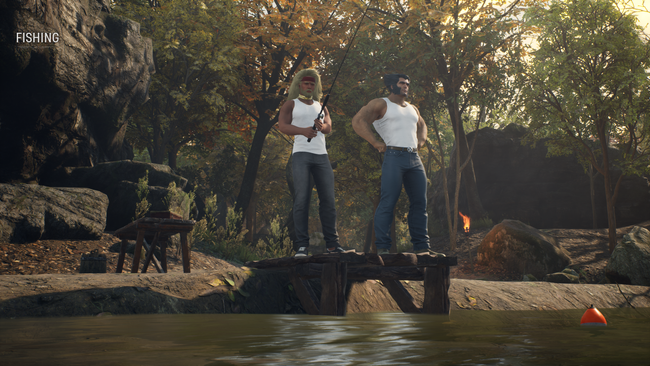
Even though there are common Marvel staples such as Iron Man, Captain America, Spider-Man, and several others here, the cast in Midnight Suns really worked for me as I put more and more hours into it. I loved that uncommon characters such as Nico Minoru, Magik, and Blade are just as prominent. Robbie Reyes’s Ghost Rider and Wolverine were amazing to see here, too, and the overall cast’s interactions are generally excellent, filled with tons and tons of unique, fully-voiced lines that are delivered well. Sure there’s a bit of corny and cheesy lines, though I associate that as part of the charm in the few comics I’ve read growing up. Midnight Suns absolutely takes its inspiration from comics more so than the Marvel Cinematic Universe, though it will do the occasional wink-and-nod to acknowledge them.
Still, I wasn’t expecting to love Midnight Suns’ cast at the end of the day - but it pushed through and earned that. There are some real genuine moments that caught me off-guard.
It took me a while to get a good read of what the gameplay loop was going to be like in Midnight Suns. The first four hours are filled to the brim with tutorials, so much so that I was initially skeptical and apprehensive about how this game would balance out its intriguing battle system with… well, everything else.
First off, let me be clear, this is not “XCOM with Marvel characters.” Battles in Midnight Suns and XCOM both heavily involve tactics, but their approach to combat is night and day. Midnight Suns revolves around deploying a team of up to three party members into a 3D arena combat zone. These battle arenas are relatively small, yet densely packed with enemies and environmental objects.
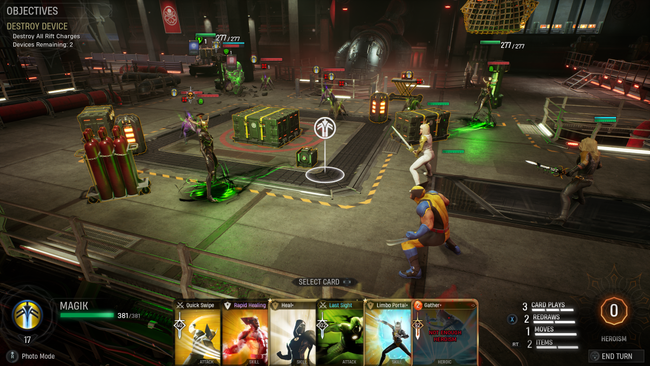
Everything and everyone is out in the open at all times; there is no cover system aside from defender-type enemies shielding other enemies or objectives. Actions are primarily executed with combat cards. Each of your three party members has eight cards, so players will often be drawing from a deck size of 24. Normally, a player has 3 Card Plays, 2 Redraws, 1 Move, and 2 non-refillable consumable Items in each turn. A player’s goal is to maximize the efficiency out of each turn given these restrictions - whether that’s taking out smaller targets first, maximizing damage on healthier enemies, manipulating aggro towards a certain character, and so on - all while minimizing the inevitable wave of damage coming once enemies take their turn.
To even the odds, there are many modifiers and universal rules that work in the player’s favor. Some characters specialize in increasing Card Plays, Redraws, and Moves. Quick cards that K.O. foes refund a Card Play. Cards can increase the Heroism resource (think of it like a MP bar) that can be spent on using more powerful Heroic cards. Heroes can also utilize Heroism to interact with environmental objects to damage enemies without consuming a Card Play. Redraws are useful in discarding actions that are not immediately useful, and the card that replaces it might be the one to turn the tides in a player’s favor right away.
Manually moving around the battlefield is extremely powerful (so much that it’s only confined to 1 Move action normally) because it allows a character to properly position themselves to interact with an environmental object to hit the desired enemy or amount of enemies. For instance, there may be a container that can be shoved into multiple targets at once for a respectable amount of damage if the character pushing it is positioned just right so its resulting trajectory can accommodate that. Later on, pushing enemies into one another, into other characters, or into exploding environmental objects all become important factors to consider when trying to conserve Card Plays.
Firaxis has done an admirable job in making each character unique from one another, all while retaining their signature moves and abilities in this format. No two characters play exactly the same, and each possesses clear strengths and weaknesses that they can synergize off of with others.
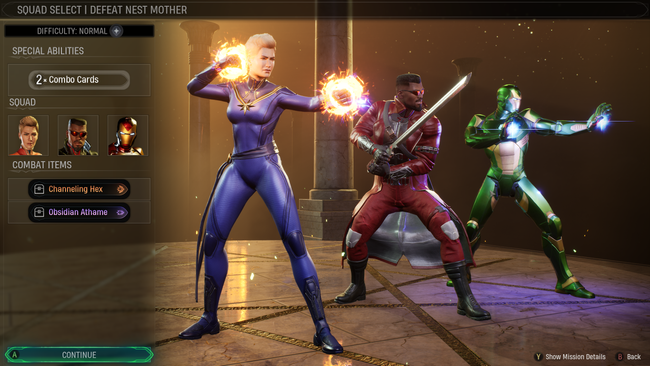
As an example, Iron Man bolsters some of his skills the more Iron Man cards there are in a player’s hand; redrawing specific Iron Man cards can give them enhanced effects, instead of discarding them right away. Magik effectively manipulates enemy placement with portals that can move them to other parts of the battlefield. Doctor Strange has handy abilities that boost the damage output of everyone’s attacks, and some of his spells gain additional bonuses the more Heroism the player has. Captain Marvel achieves her incredibly powerful Binary form after players play three of her cards. Ghost Rider continually increases his max HP the more Souls he collects, which plays well with his incredible attacks that cost some of his HP, and the list goes on. A lot of my enjoyment with Midnight Suns boils down to experimenting with different teams and seeing how well they synergize with one another.
Armed with dual swords, the Hunter is generally just an amazing character to play with too, due to how malleable their role can be in combat. Players can specialize the Hunter to a Light or Dark build that’s mostly dictated by choosing the appropriate responses in conversations, which are all clearly marked if they do affect alignment. As players continue to reach certain thresholds in Light or Dark, they’ll gain new accessories that grant them special passive abilities; achieving a “full” Light or Dark alignment even unlocks a special outfit.
Players will be often switching up and upgrading each character’s card deck as they get rewarded new, higher rarity abilities. The only restriction is that there must be at least 1 Attack, 1 Skill, and 1 Heroic card in each character’s eight cards.
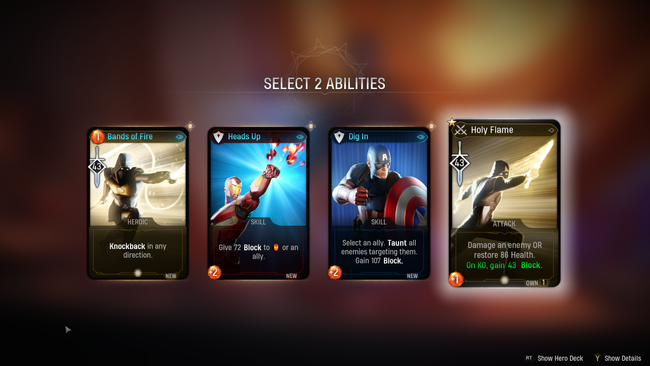
Midnight Suns excelled at keeping me on my toes with its mix of mission variety and different enemy types that made encounters feel like a puzzle to solve. There’s no perfect or right solution, but constant improvisations to adapt to ever-changing circumstances in fights.
An enemy Hydra helicopter might be taking off in 2 turns that has a lot of health and an annoying Hydra defender’s shields prevent my characters from damaging it in the first place. Enemy reinforcements come in every turn, so how do I prevent that chopper’s liftoff while keeping my team healthy? Are there any nearby enemies to push into that enemy shield? Can I shove any objects in the environment into it? Do I have enough Heroism to do that, along with activating this damaging Heroic card? If not, do I have something in my hand to generate the Heroism needed or should I redraw something that’s not immediately going to be used in the hopes I get something better? This is a relatively simple scenario early into the game and it only gets more complex, in a good way.
Battles can often feel overwhelming with how many enemies can populate them, though I was surprised at how efficiently I could sweep them clean when I considered all the options at my disposal.
Although there are no permadeath mechanics like in XCOM, heroes that do receive a substantial amount of damage consecutively have a chance to get injured. They may have to sit out on the next fight to recover in the hot springs back at the Abbey to heal themselves. When a hero’s HP reaches 0, players can revive them at the cost of some Heroism; higher difficulties will place strict limits on how many times a hero can be revived and the highest ones don’t let players revive them at all.
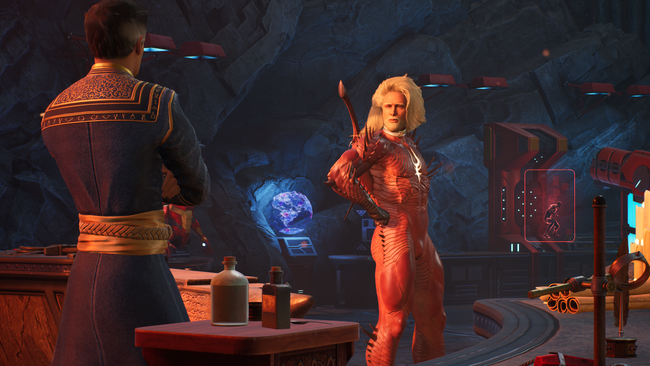
If the challenge seems too much, Midnight Suns has a lot of difficulty options to choose from; the majority of the higher difficulties are locked from the start and gradually unlocked if players choose to push themselves. Easy and Normal are only available from the get-go, though Heroic I, Heroic II, Heroic III, and the Ultimate difficulties are made available the more missions players do on the highest difficulty available to them.
Obviously, higher difficulties will make enemies healthier and hit harder. In return, players gain more XP for their characters and earn more Gloss - which is the in-game currency for mostly everything that is associated with cosmetics. Gloss does not affect gameplay significantly outside of being able to eventually use them to buy gifts to give characters in Hangouts to accelerate leveling the Hunter’s friendship with them. As characters level up their friendship, they learn new passives and effects that activate when they activate a Hero Combo card with another character. Other than that, Gloss is used to buy Abbey decorations, cosmetics for the Hunter, new casual outfits for the heroes, alternate color schemes for battle outfits, and so forth.
Midnight Suns does have an in-game Marketplace for new Hero outfits that can be bought for additional real-life money. Players purchase Eclipse Credits that are then used in the Marketplace. None of the outfits in Midnight Suns’ Marketplace provide any gameplay benefits; they are purely cosmetic only.
The Hunter’s outfits do provide passive abilities, but all of the Hunter’s outfits can either be crafted or unlocked in-game; they cannot be bought with real money. Meanwhile, the passive abilities for the other heroes are tied to their friendship level - not their outfits. Each of the Marketplace-exclusive outfits do have a handful of alternative color schemes that can be unlocked at a Gloss cost as well.
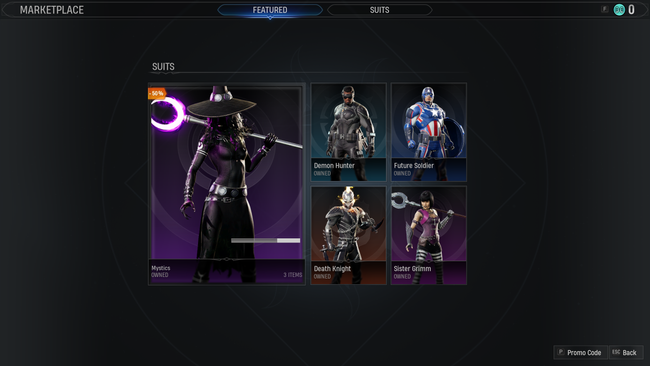
With all that out of the way, let’s circle back to the everything else part.
One of my main issues with Midnight Suns is that the downtime in-between missions is slightly too significant for my liking. Once the initial onboarding (which takes a bit too long) is done, a typical “day” in Midnight Suns is as follows.
The Hunter wakes up and the player will receive a lot of messages - someone posted on the Superlink Twitter-equivalent social media client for superheroes, research progress for some facility is done, and probably a message that someone wants to hang out with the Hunter because they have a friendship level up queued, so the player has to play out that event for them to level up their friendship.
Once all that is out of the way, there might be some icons around the Abbey for characters at various places; they might have a question for the Hunter that will provide Light or Dark points and/or some friendship XP depending on how the player answers or a small request of them to do something for a minor reward.
Then, the player hits up the C.E.N.T.R.A.L. War Room to finish up a Hero Op and/or deploy another hero to go on a Hero Op which will make them temporarily unavailable for the next mission. Intel Caches rewarded from missions can be decrypted here to gain new Hero Op missions too.
Next, go on over to the Forge which is the next big room over, but since the Hunter can’t run in the Abbey, they’ll do their Commander Shepard light jog over onto it. There’s a lot to do here on an in-game daily basis. Gamma Coils are card packs rewarded from missions, so players unpack them here. They initially can only unpack three and choose one, though a few facilities increase those amounts. If players gained an Artifact from a mission, they can unpack them here too to increase Research Levels. Later facilities allow players to craft ability cards and exchange blueprint materials here. Lastly in the Forge, they can get a new Research project started given that they’ve met the pre-requirements to start them; these can be taking a certain character on a number of missions or upgrading a certain number of their cards. It takes one in-game day to finish a Research project, so check back in the next in-game day to finish and get another one started.
Now, onto the Yard which primarily focuses on enhancing all the combat cards at the player’s disposal. They can fuse a dupe of a card to upgrade it, apply or reroll an ability mod once that feature is unlocked, spar with a Hero to upgrade a stat along with friendship XP, and send a hero to the hot spring if they’re injured. All of these require other forms of currency whether it’s in-game Credits or the three types of Heroic Essences, which can all be rewarded in missions.
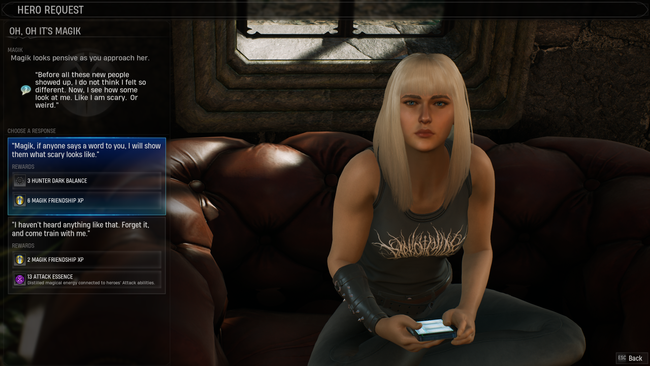
With all of the in-game dailies done, it’s time to choose a mission. Story missions always require the Hunter to be one of the heroes deployed; some story missions have pre-assigned characters, while others may give players the option to go with who they want. Other non-story general missions do not require the Hunter and give players free rein over which three heroes they want to deploy.
Once the mission is over, it’s now nighttime. There might be an opportunity to initiate a Hangout with a character to boost their friendship XP or even a club meeting that has a certain subset of characters with similar interests get together for some interesting interactions, conversations, and drama.
When all is said and done for that day, have the Hunter go to sleep to rise and grind the next day.
I don’t particularly mind the function of each of these places; they’re all useful in their own ways, but the frequency is my main issue. If I could just do all of their functions in a single big menu without having to slowly jog between them, that’d be fantastic. Right now, it somewhat bogs the tempo of the game down for me.
There is a whole other side of Midnight Suns that I didn’t engage with thoroughly once all the tutorials for it were done. The Abbey is a small part of a large explorable island that’s filled with collectibles and materials for certain club events. All of it primarily revolves around the hidden secrets of the island that is managed by Caretaker, the woman who raised the Hunter.
If players are engaged with the lore and are craving to know all the mysteries surrounding the Abbey, it is surprisingly expansive in that aspect too. Hidden challenge missions throughout the island have the Hunter take their adorable demon dog, Charlie, into battle as well. There is also a slight Metroid aspect to it, where there are inaccessible parts of the island until the Hunter finds the proper Word of Power to cast to reach certain areas.
Firaxis emphasizes that this aspect of Midnight Suns is strictly optional and I took their word for it. Once the extensive tutorial for it was over and the game told me that, I never touched it again outside of the few times in the story that dragged me back to do it. Frankly, I didn’t find this part of Midnight Suns all that interesting.
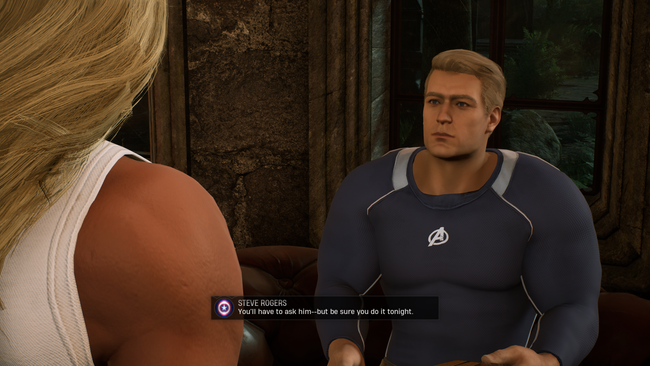
There were a few outstanding bugs to note in my playthrough of the PC version. I don’t know if these will be all patched up by launch, but I figured I should note them here. The most frequent major bug I kept encountering was that the game would sometimes crash when I overwrote a save file when manually saving. Thankfully, the game autosaves often enough so I never lost a significant chunk of progress. I eventually had to just keep making new save files and deleting old ones, once the save slot limit was reached to bypass it entirely. Manual saves also started taking a while to make in the last stretch of the game, though I’m not sure how much of this issue were exclusive to me.
Another annoying thing that I encountered was that the performance was struggling at the final encounter of Midnight Suns. I had to save mid-combat frequently to return to the main menu, reload my save, and regain all the frames I lost about… five times throughout that final part.
Once the abrupt ending sequence plays out, people can continue playing after the main story is done. It returns to a point before the final battle, so they can continue leveling up their heroes, raising friendship levels, and doing all the Abbey exploration side of the game. There are new high-level general missions to tackle as well.
New Game+ is also available upon completing the main campaign. All the heroes are unlocked at the start with their current levels carrying over. All villains, regions, and mission types are there right from the get-go too, so those looking to challenge the game all over again have New Game+ waiting for them.
Marvel’s Midnight Suns is an awesome tactical RPG experience. There are some aspects that have dampened my experience here and there, yet its most important element kept me enthralled throughout my entire playthrough. This is a game that shouldn’t be missed by strategy game fans, though I admit that the appeal of Midnight Suns depends on if your palate is open to card-based games. There is no denying that a significant chunk of Midnight Suns revolves around unpacking, upgrading, and unleashing cards to wreak havoc on foes and if that’s something that doesn’t make you turn away immediately, then this is certainly worth your time.